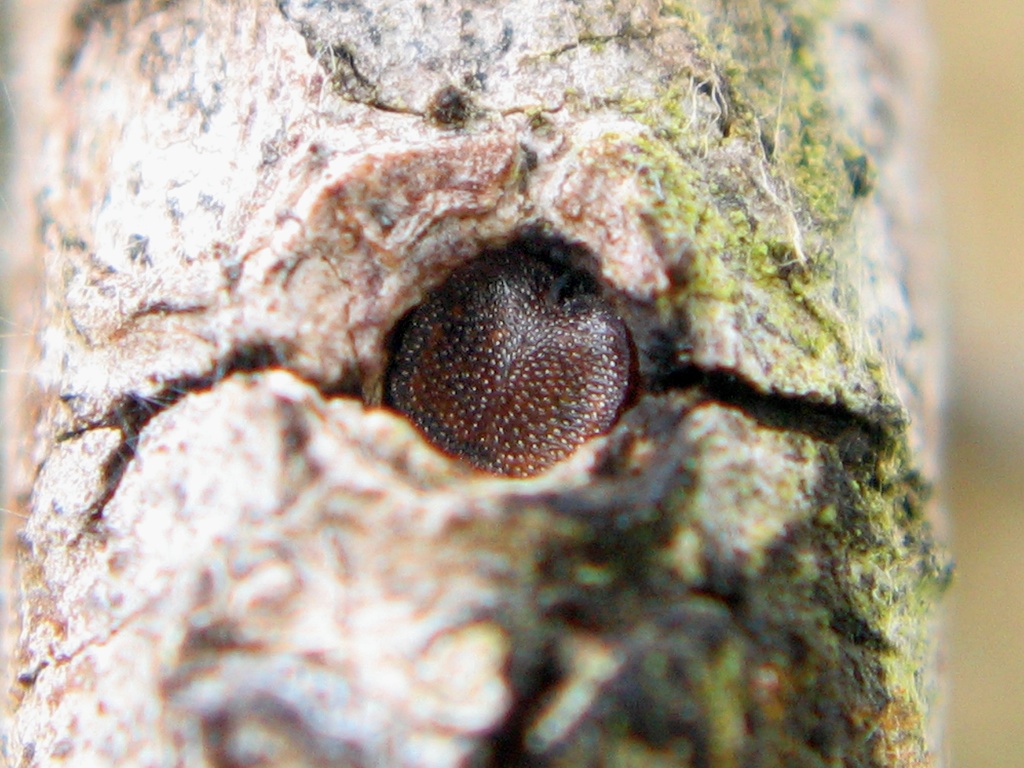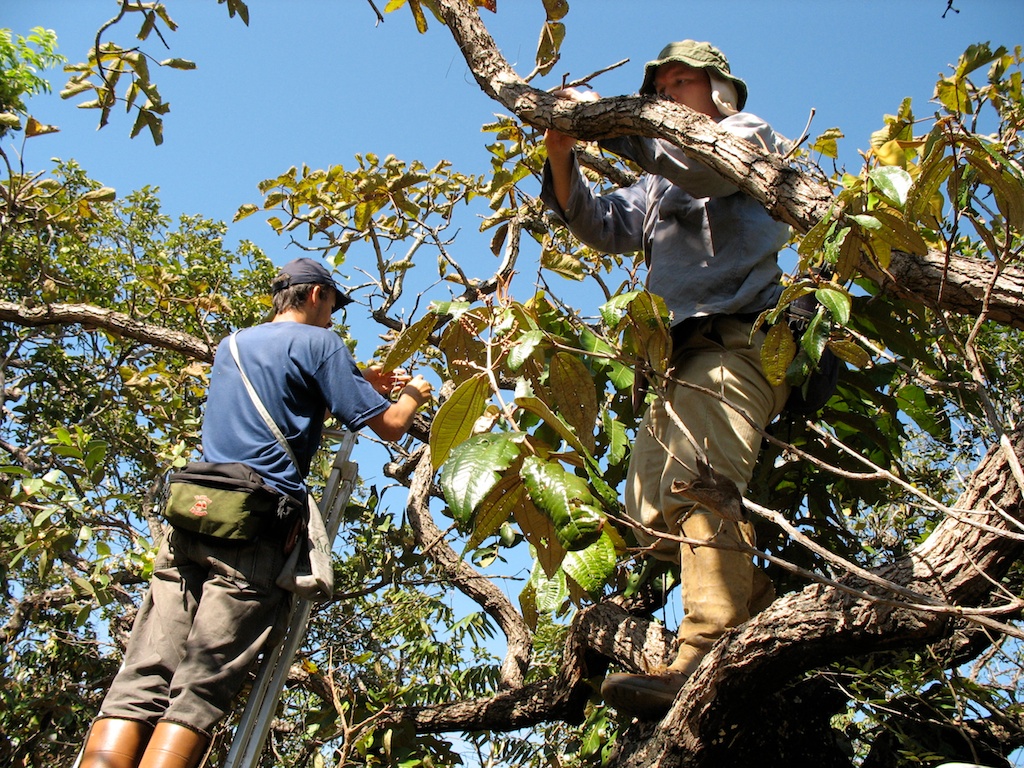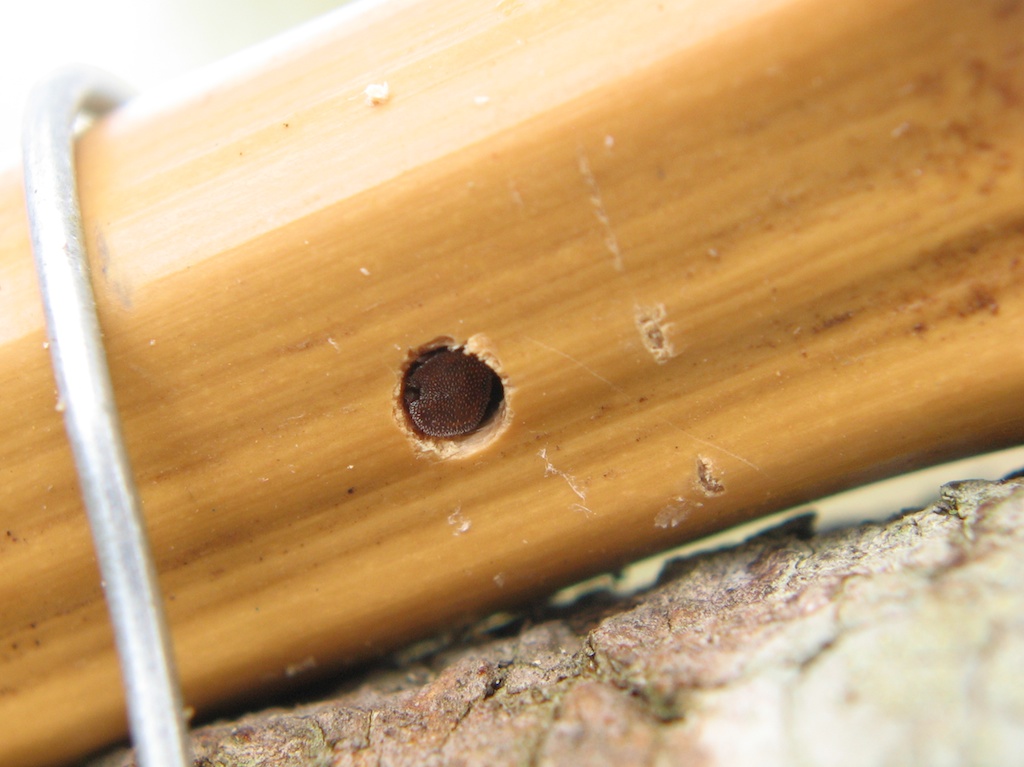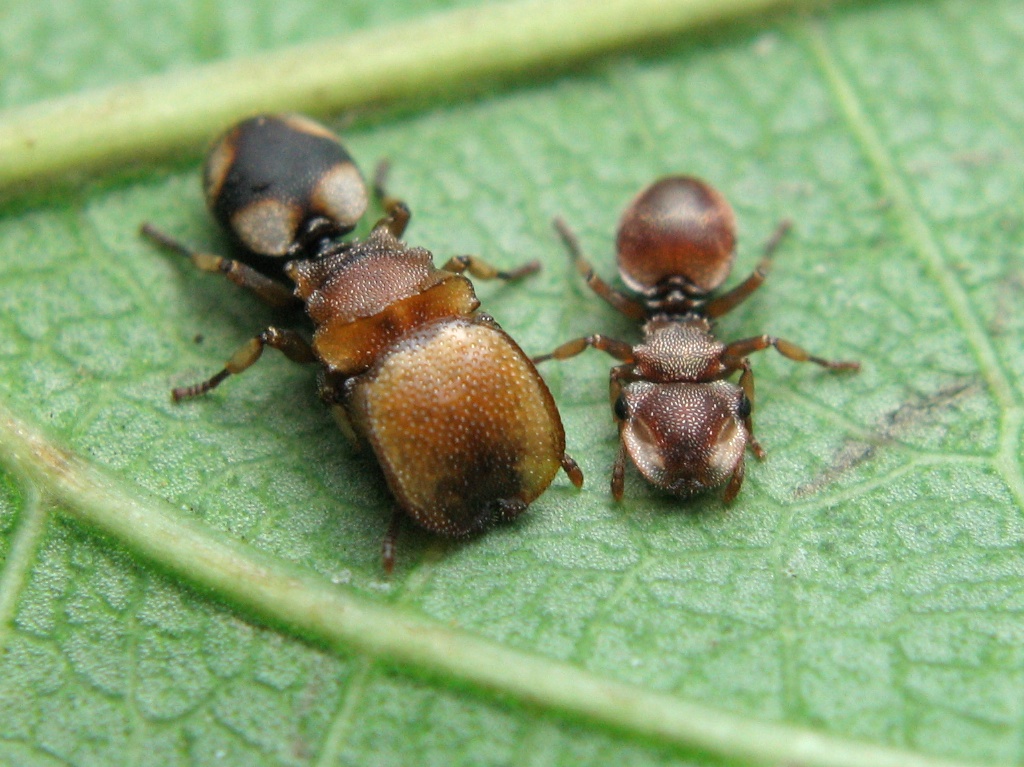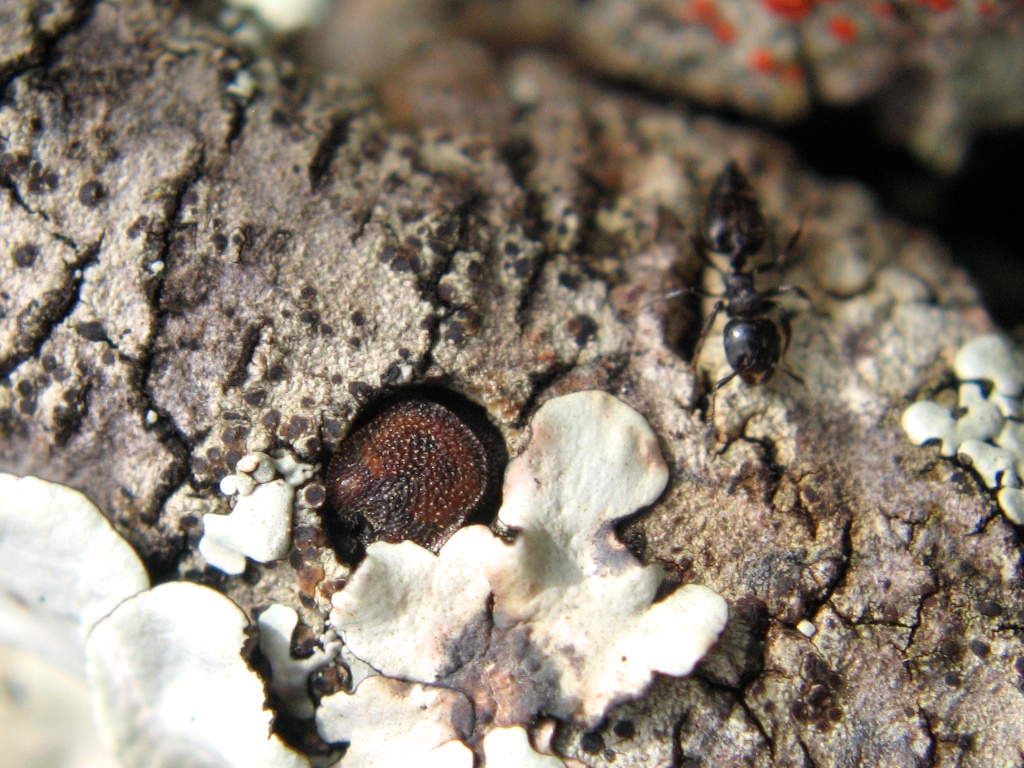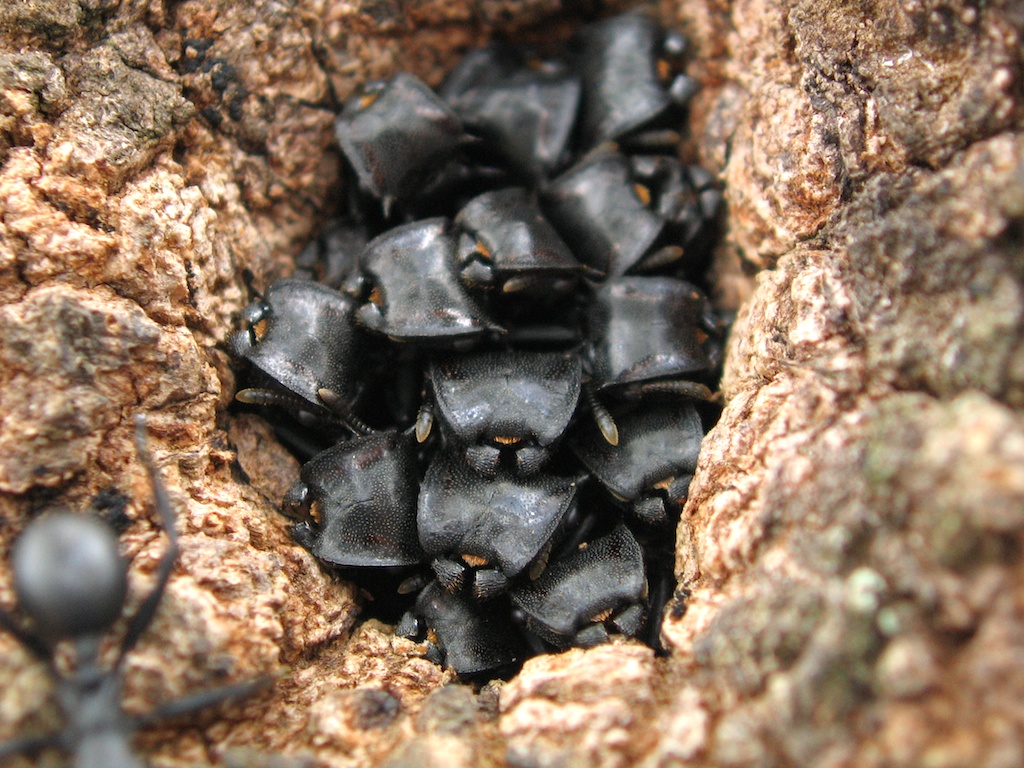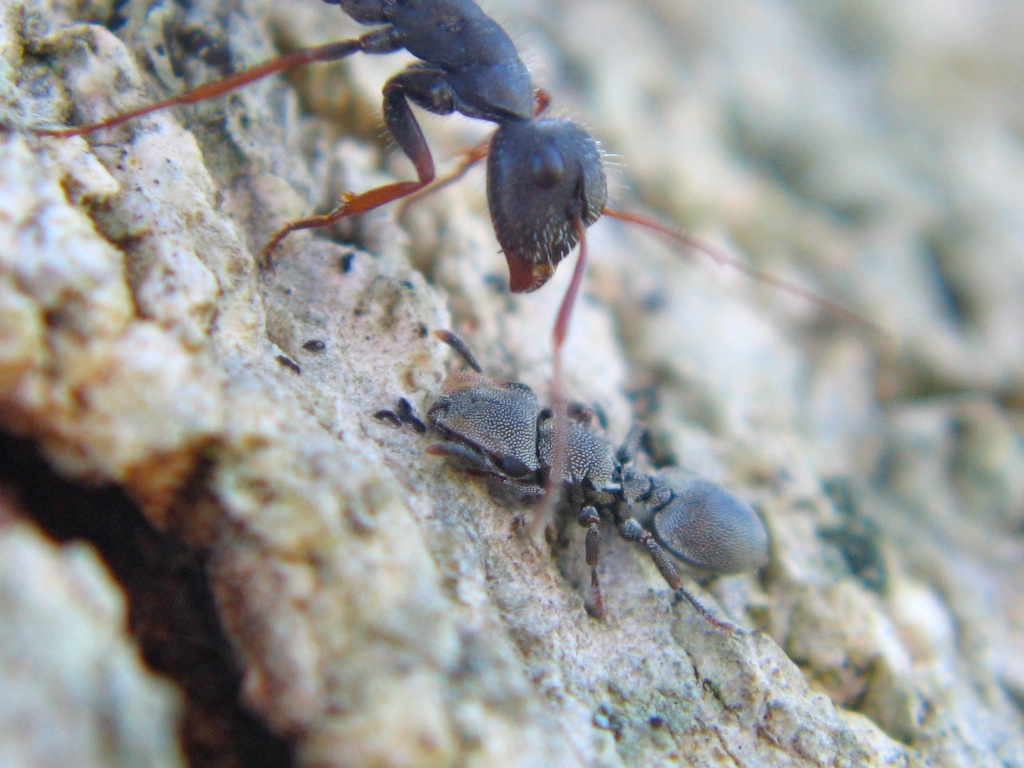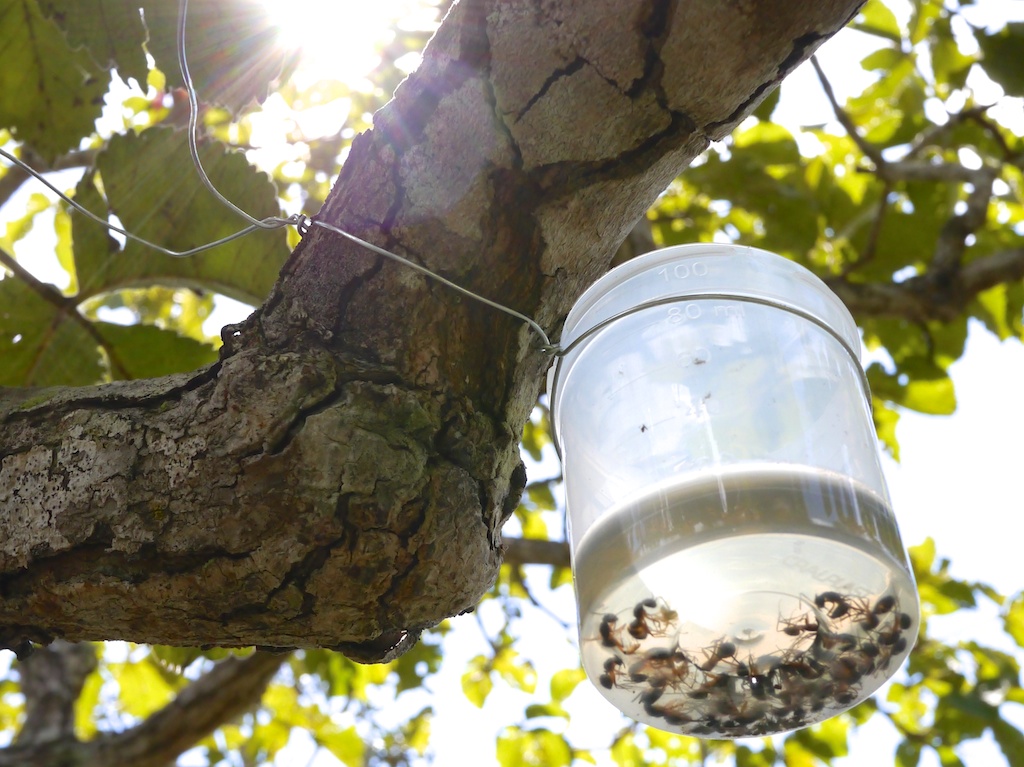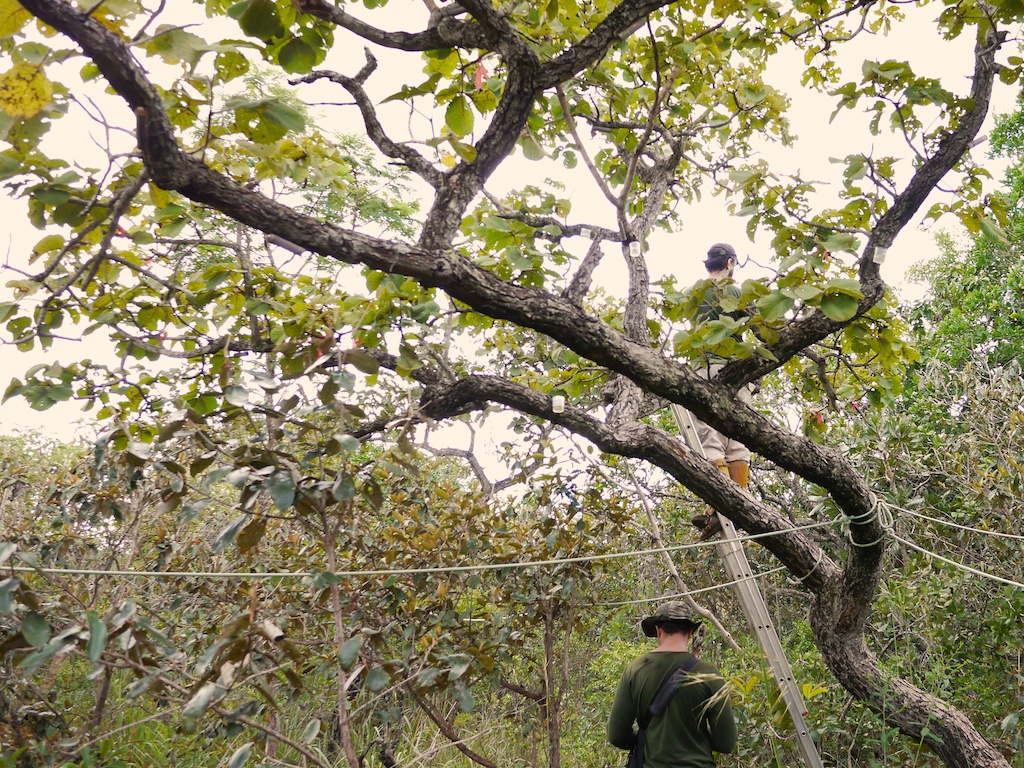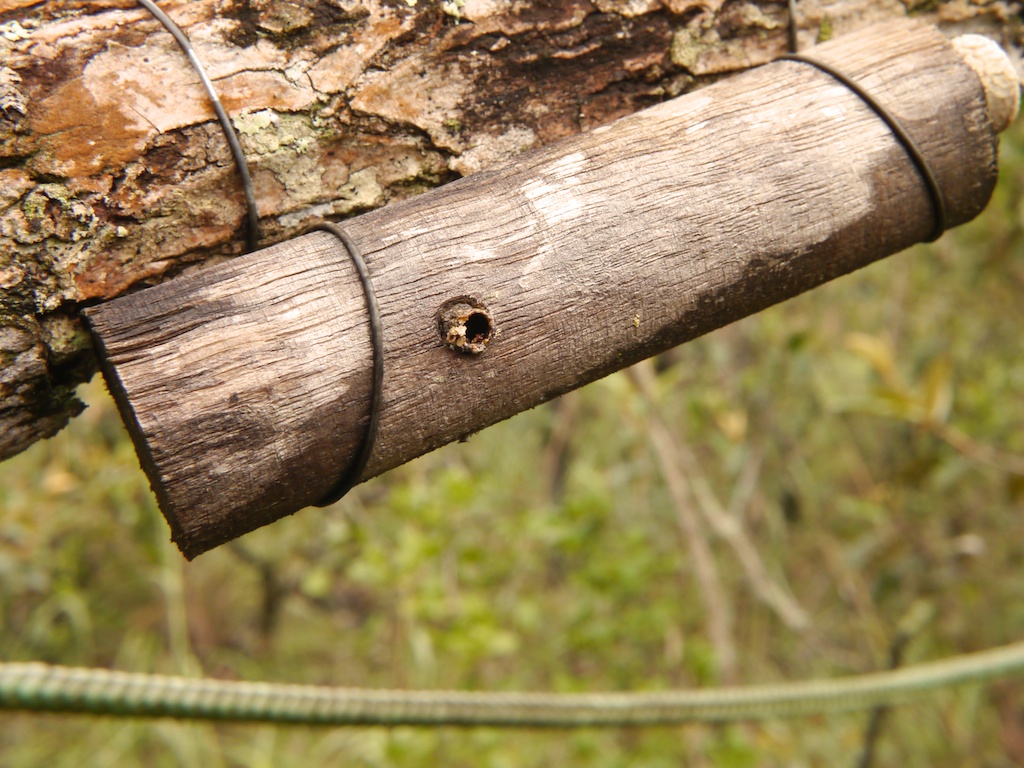RESEARCH PHILOSOPHY
We follow the philosophy that big questions in biology are best tackled by combining detailed study-system knowledge with multiple, complementary approaches to scientific inquiry. Consequently, all of our work is built on a foundation of quantifying new and poorly understood aspects of the biology of our focal ant groups. From better knowledge of basic biology, we can then design better studies, and gain deeper insight into our questions of interest. We are particularly focused on combining analyses of broad-scale evolutionary and ecology patterns with manipulative experimental tests of the underlying processes. We really like field experiments.
RESEARCH THEMES
Our past and current work spans a number of specific projects, generously supported by a variety of funding sources. Nevertheless, all of our research connects with two main themes: the ecology of trait diversification, and trait-mediated community assembly. For more on these themes, please read below. For more on current projects, and possible opportunities to join our lab, please get in touch via e-mail.
Ecology of Trait Evolution
How ecological interactions shape the adaptive diversification of life remains a central question for the field of evolutionary ecology. One key idea in this field is that intense ecological interactions, and especially competition, can drive the explosive production of new species divergent in ecology and the traits they use to exploit their environment. This particular process, known as adaptive radiation, may have been responsible for producing much of earth's biodiversity. Nevertheless, most of what we know about the adaptive radiations of animal linages comes from a small number of iconic vertebrate study systems, largely focused on bursts of diversification on islands. Contrasting this emphasis in the literature, we are focused on understanding how adaptive radiation unfolds in continental lineages of complex societies, and especially in ants. Ants have diversified into almost all terrestrial systems, span remarkable ecological and phenotypic diversity, and have established a massive ecological footprint worldwide.
Most of our current work on the ecology of adaptive trait evolution is focused on the remarkable adaptive radiation of the turtle ants. We are actively working on how ecology has shaped different aspects of the radiation of this lineage, with a special focus on the evolution of soldier heads and worker body armor. We also have active work on the ecology of adaptive collective organization in turtle ants and army ants, and the role of ecology in shaping the evolution of the relationship between turtle ants and their mutualistic gut bacteria. Broadly speaking, we like to address questions about the ecology of trait evolution by combining phylogenetic comparative analyses with manipulative experiments. The phylogenetic comparative analyses allow us to identify potentially adaptive patterns of trait evolution over evolutionary time, including the bursts expected under adaptive radiation. We can then test for the ecological processes thought to be driving these patterns using manipulative experimental work.
Trait-Mediated Community Assembly
The idea that evolved species-differences in resource-use and associated traits mediate the assembly and maintenance of ecological communities has been central to the field of ecology for decades. In simple terms, the principle is that a given resource-base should support more species if each is adapted to use a different range of resources. Despite numerous challenges, support for this process continues to accumulate, aided in recent years by more sophisticated, complementary approaches to studying community-level processes. Our work on community assembly comes initially from a simple question: If you think traits mediate community assembly, how do you know which traits are most important? The field of community ecology has historically suffered from the problem of an overwhelming number of traits that could mediate assembly, and studies that measure everything they can to "fish" for what might be the most important traits. Results have been mixed. Our approach is instead to ask whether the traits that have been shaped most extensively by community interactions over evolutionary time continue to be important in determining the outcome of interactions in contemporary communities. Put another way, the trait axes that have been stretched the most by local ecological interactions during the diversification of evolutionarily and ecologically successful lineages have a strong likelihood of being the same axes that mediate the assembly of species assemblages today.
Our ongoing work on trait-mediated community assembly is focused primarily on the arboreal ant communities of the Brazilian cerrado biome. Here, we take what we learn about the ecology of trait diversification in the turtle ants, a species rich lineage in all Neotropical arboreal ant communities, and expand out to ask questions about community assembly in the whole arboreal ant community. We are especially focused on how the properties of beetle-produced cavities - critical in the evolution of turtle ants and used as nests by most arboreal ants - and ant morphology interact to shape he richness and composition of arboreal ant assemblages. To tackle these questions, we combine large-scale biodiversity surveys, typically controlled in key ways, with manipulative experimental studies. In our experiments, we have developed methods to manipulate existing ant diversity, canopy connectivity, and resource availability at the level of whole trees. This level of manipulation is greatly facilitated by the low but exceptionally diverse canopy of the cerrado biome.

